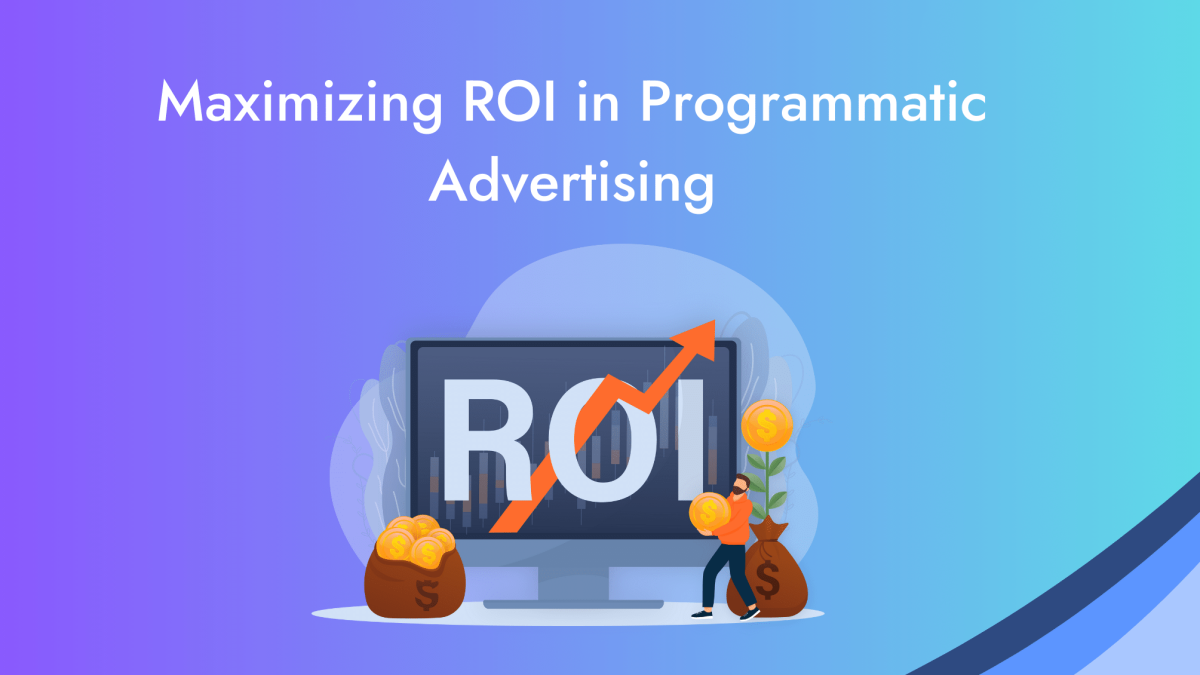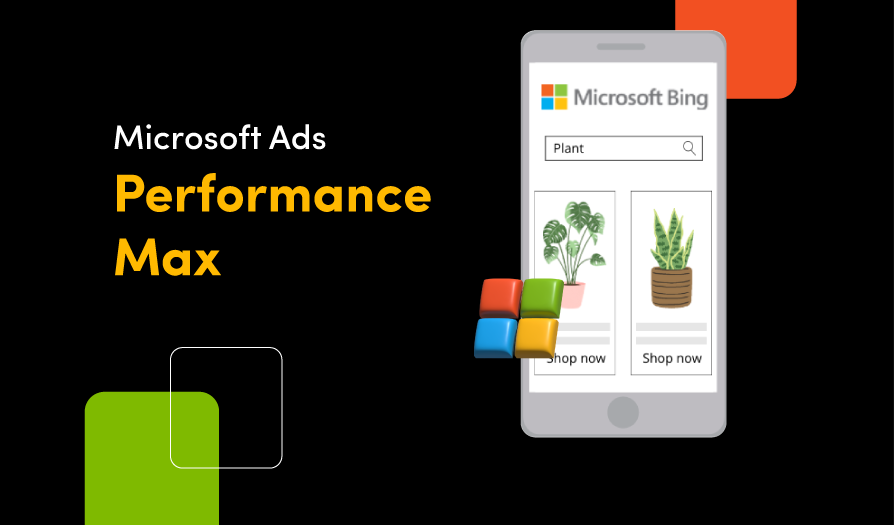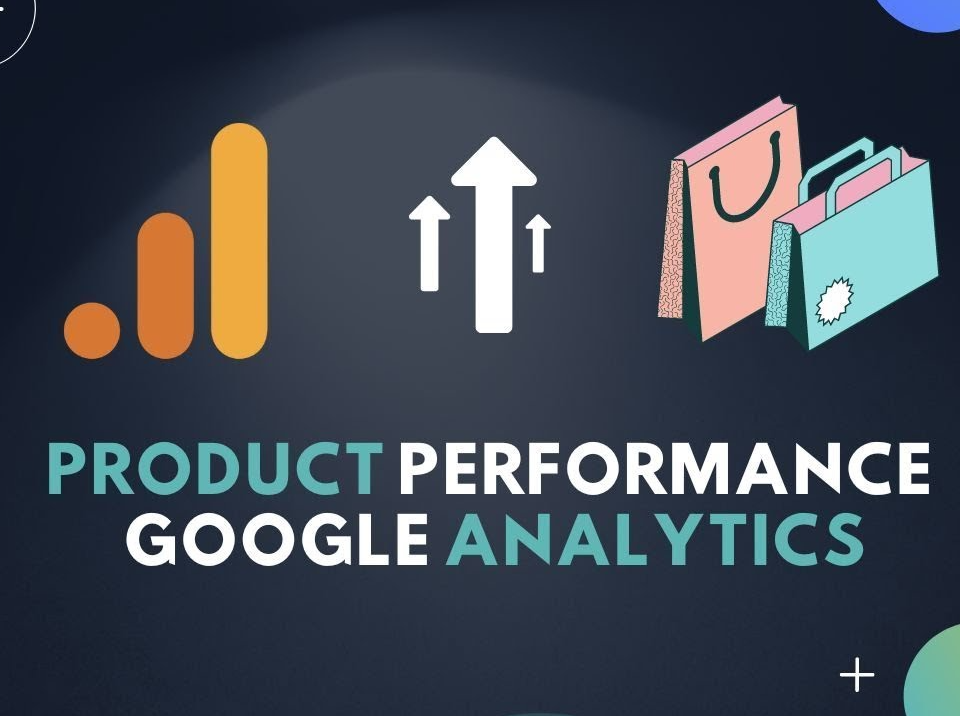- Call Now for a Free Evaluation
- +2347034964068
Maximizing ROI with Programmatic Advertising
In today’s fast-paced digital landscape, programmatic advertising has revolutionized the way marketers buy and sell ad inventory. This automated, data-driven approach enables advertisers to reach their target audience more efficiently and effectively. This article explores the fundamentals of programmatic advertising, its benefits, implementation strategies, and future trends that are shaping this dynamic field.
What is Programmatic Advertising?
Programmatic advertising refers to the use of automated technology for media buying and selling. It leverages algorithms and data analytics to purchase digital ad space in real-time, ensuring that ads are served to the right audience at the right time. This process typically involves demand-side platforms (DSPs), supply-side platforms (SSPs), and ad exchanges.
Key Benefits of Programmatic Advertising
1. Precision Targeting
Programmatic advertising allows marketers to target specific audiences based on various criteria, including demographics, interests, behavior, and location. This precision targeting ensures that ads are shown to the most relevant users, increasing the likelihood of engagement and conversion.
Benefits:
- Audience Segmentation: Reach highly specific and relevant audiences.
- Behavioral Targeting: Serve ads based on user behavior and preferences.
- Geographic Targeting: Tailor ads to users in specific locations.
2. Real-Time Optimization
One of the most significant advantages of programmatic advertising is the ability to optimize campaigns in real-time. Marketers can adjust bids, creative elements, and targeting parameters instantly based on performance data.
Benefits:
- Dynamic Adjustments: Make real-time changes to improve campaign performance.
- Data-Driven Decisions: Use real-time data to guide optimization efforts.
- Enhanced Efficiency: Maximize ad spend by focusing on high-performing segments.
3. Cost Efficiency
Programmatic advertising can be more cost-effective than traditional media buying. By automating the buying process and using data to drive decisions, marketers can reduce waste and ensure their budgets are spent effectively.
Benefits:
- Automated Bidding: Efficiently manage bids to maximize ROI.
- Reduced Waste: Minimize spending on ineffective ad placements.
- Budget Optimization: Allocate budgets to the best-performing campaigns.
Implementing a Successful Programmatic Advertising Strategy
1. Define Clear Objectives
Start by setting clear objectives for your programmatic advertising campaigns. Whether it’s brand awareness, lead generation, or sales, having well-defined goals will guide your strategy and measurement efforts.
Strategies:
- SMART Goals: Set specific, measurable, achievable, relevant, and time-bound goals.
- KPIs: Identify key performance indicators to track success.
- Alignment: Ensure objectives align with overall marketing goals.
2. Leverage Data and Insights
Data is at the core of programmatic advertising. Use first-party, second-party, and third-party data to understand your audience and create targeted campaigns.
Strategies:
- Audience Insights: Use data to segment and understand your target audience.
- Behavioral Data: Analyze user behavior to inform targeting and messaging.
- Performance Data: Continuously monitor and analyze campaign performance.
3. Choose the Right Platforms
Select the right DSPs and SSPs that align with your campaign objectives and target audience. Evaluate platforms based on their reach, targeting capabilities, and ease of use.
Strategies:
- Platform Evaluation: Assess platforms for their features and capabilities.
- Integration: Ensure seamless integration with your existing tech stack.
- Scalability: Choose platforms that can scale with your campaign needs.
4. Optimize Creative Elements
Compelling creative elements are essential for the success of your programmatic campaigns. Use A/B testing to identify the best-performing ad creatives and continuously refine them.
Strategies:
- A/B Testing: Test different ad creatives to find the most effective ones.
- Personalization: Tailor ad creatives to different audience segments.
- Consistency: Maintain consistent branding across all ad creatives.
5. Monitor and Measure Performance
Regularly track and measure the performance of your programmatic campaigns using advanced analytics tools. Use this data to make informed decisions and optimize your campaigns for better results.
Strategies:
- Performance Tracking: Use analytics tools to monitor campaign metrics.
- Reporting: Generate detailed reports to understand campaign performance.
- Optimization: Continuously optimize campaigns based on performance data.
Future Trends in Programmatic Advertising
1. Increased Use of AI and Machine Learning
Artificial intelligence (AI) and machine learning are set to play a more significant role in programmatic advertising. These technologies can analyze vast amounts of data to improve targeting, bidding, and optimization processes.
2. Growth of Connected TV (CTV)
As more consumers shift to streaming services, programmatic advertising on connected TV (CTV) is expected to grow. This provides opportunities to reach audiences with video ads in a highly targeted manner.
3. Enhanced Data Privacy Measures
With increasing concerns over data privacy, future programmatic strategies will focus on ensuring compliance with regulations such as GDPR and CCPA. This includes using privacy-friendly data collection methods and ensuring transparency with users.
4. Expansion of Programmatic Audio
Programmatic audio advertising is gaining traction, offering new opportunities for marketers to reach audiences through streaming music services and podcasts.
Conclusion
Programmatic advertising has revolutionized the digital marketing landscape by offering precision targeting, real-time optimization, and cost efficiency. By understanding the fundamentals and implementing effective strategies, marketers can maximize their ROI and stay ahead of the competition. As the field continues to evolve, embracing emerging trends and technologies will be crucial for maintaining a competitive edge in programmatic advertising.





